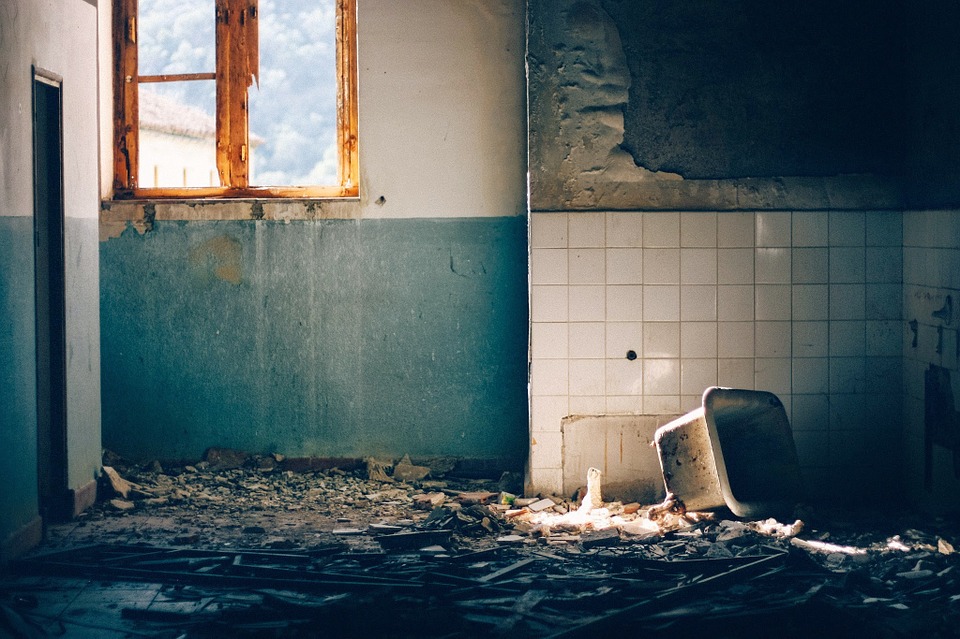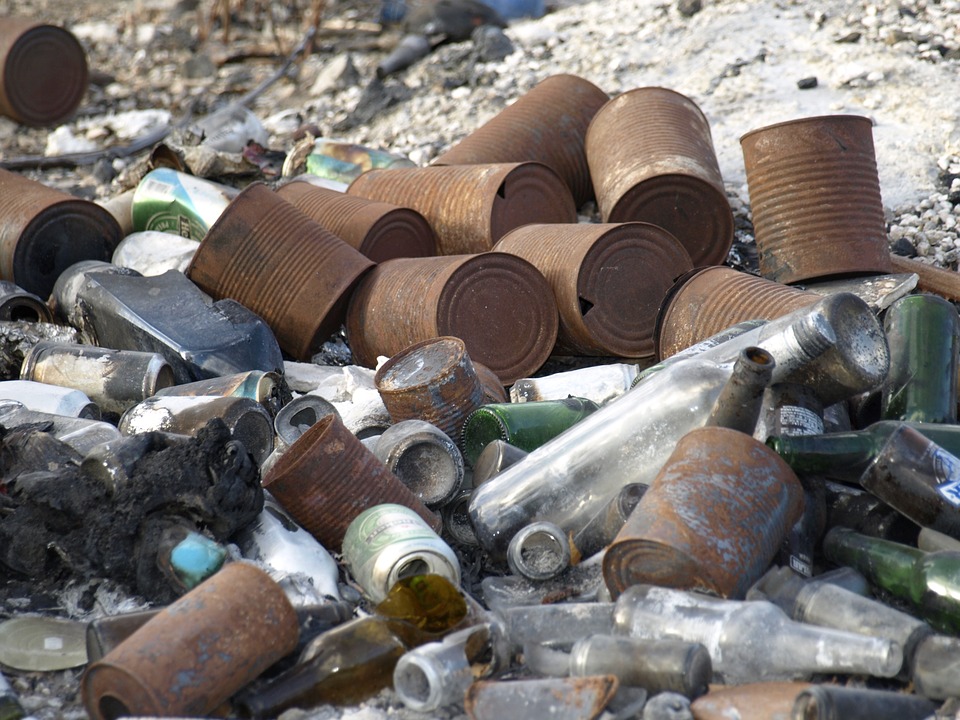Looking out over Lake Ontario, it looks so exquisitely gorgeous. You may never expect to find the amount of garbage that it contains. If we take a good close look at Lake Ontario and the province’s growing waste problem, it becomes obvious that something needs to change immediately.
 |
| Lake Ontario is being Polluted with so Much of our Waste and it’s Time to Change |
This past July, over a two-week period, a team oversaw a search through Lake Ontario for waste. Led by the University of Toronto’s associate professor of ecology and evolutionary biology, Chelsea Rodham, they found more than 31 kilograms of plastic, food wrappers, toys, and cigarette butts gathered from the mouth of the Don River.
Needless to say, as a Toronto waste management company, we’re really, really not pleased with these findings. The plastics that have been plucked from the Don River would have otherwise been washed out into the Great Lakes which is something we don’t want. The amount of trash that is casually tossed into our waterways is something that needs to come to an end. This is preventable waste that could be otherwise recycled or, at minimum, processed at an appropriate facility. In Canada, we choose to think of ourselves as having the capacity to do better than other nations yet it’s experiments like this that show us that there’s still tremendous work that needs to be done.
Analyzing the plastic that is washed out into our lakes and oceans, almost eighty percent of it comes from land. As plastic production and consumption has increased, plastic waste management has not grown at the same speed sadly. The City of Toronto has made claims of taking steps to keep plastic from our lakes however the results speak for themselves. Ideally, we want to see more done before Lake Ontario and other waterways are polluted to the point of near-no return. The elimination of single-use plastics is an important component to this. There also could be more done to eliminate sewer overflow, which is also a source of the plastic that gets carried out into Lake Ontario.
As a Toronto waste management company, we want to play a role in making our environment better for everyone. Researchers estimate more than 10,000 metric tons of plastic waste lands in the Great Lakes every year. In the Toronto region, the number of plastic particles in the water has increased significantly over the past couple decades. The Toronto municipal government and Canada’s federal government have made many positive moves to combat this, including banning the manufacturing and sale of products with plastic micro-beads. Despite these moves, plastic in our rivers is still on the increase.
When industry is allowed to run rampant, government does not lead in policy, and waste management companies are not provided the resources they need thrive, this is what happens. Consumption of plastic and the spreading of plastic waste in Lake Ontario needs to come to an end. In our waterways, there are plastics as small as micro-beads to materials far larger.
The City of Toronto has the potential to change the amount of plastic in our waterways. As representatives of Core Mini Bins, we hope to play a role in that and continuing to influence the City to invest more into stopping the outflow of plastic to Lake Ontario.







